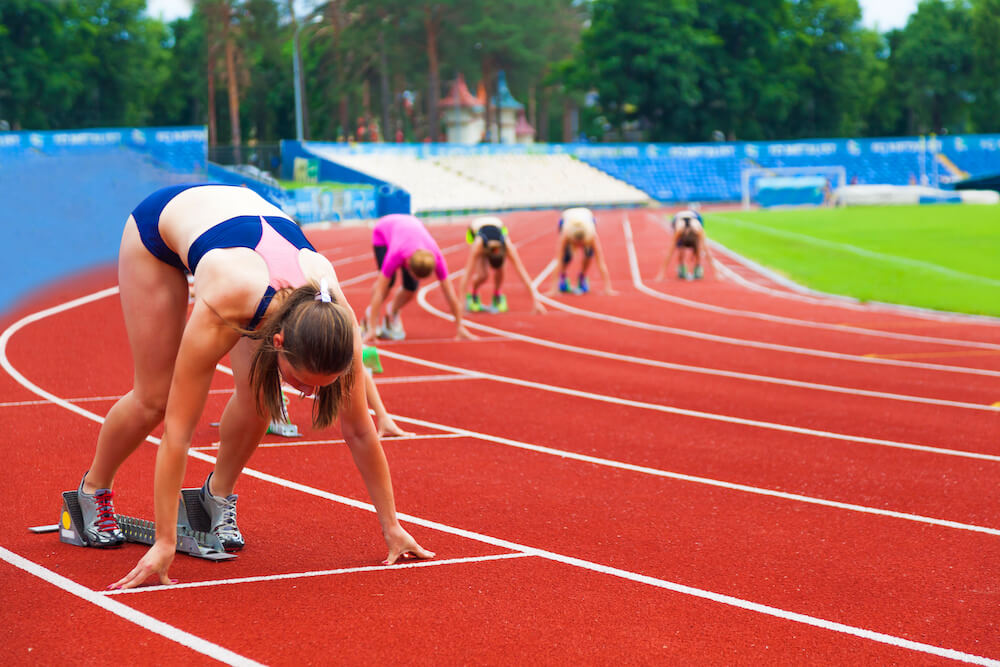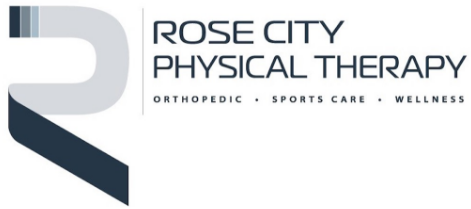TRACK & FIELD SPORTS | STRENGTH & CONDITIONING, & INJURY PREVENTION

Track and Field Injuries
Overtraining, stiff hips, core instability, poor body mechanics…just a few of the many causes of injury for the track and field athlete.
Track and Field athletes can have several different types of injury including, acute and chronic. Acute injuries may be fractures, sprained or torn ligaments, or muscle strains. Stress fractures, ligamentous laxity, and tendonitis are examples of acute on chronic injuries. Chronic injuries such as patellar tendinitis or plantar fasciitis usually occur when there is a training error (ex: quick movement or poor body mechanics).
Be Aware of Overuse injuries
Overuse injuries in track and field may include patellar tendinitis, medial tibial stress syndrome (shin splints), shoulder labrum tears, hip flexor strains, hamstring strains, rotator cuff injury, plantar fasciitis, ankle sprain/fracture, or posterior tibialis tendinitis.
A well-designed program will address flexibility and mobility of the hip, knee, and ankle as well as abdominal (core) strength. Developing and maintaining strength and endurance over the course of the season can help you take full advantage of your power during competition.
When to seek Physical Therapy or Medical Attention
Any athlete who has pain or soreness that lasts more than 48 hours should seek physical therapy or medical attention. It doesn’t take long (less than 48 hours!) for weakness and imbalances to occur and both may lead to increased risk factors when the athlete gets back on the field or track.
Causes of Injury
- Overtraining
- Poor body mechanics
- Not prioritizing rest and recovery periods
- Decreased hamstring, shoulder, elbow, hip & wrist flexibility & strength
- Poor abdominal strength/core stability
Injury Prevention
- Always warm up properly (If you are unclear on how you should be warming up, a physical therapist can help you with this.)
- Join preseason and in-season strength and conditioning programs in your area
- Rest and recover. Rather than playing one sport all year-round, play multiple sports to engage different muscles and movement patterns.
This is very important, so take note! Athletes shouldn’t play through pain and should communicate any pain experienced to their coaches as pain may be a result of an underlying condition and continuing to play could make things worse.
If pain persists or an athlete plays year-round with little to no rest or recovery, a consultation with a sports physical therapist is highly recommended. Physical therapy can help develop a training plan that includes sleep, nutrition, rest, recovery, strength, and conditioning for the track and field athlete.

